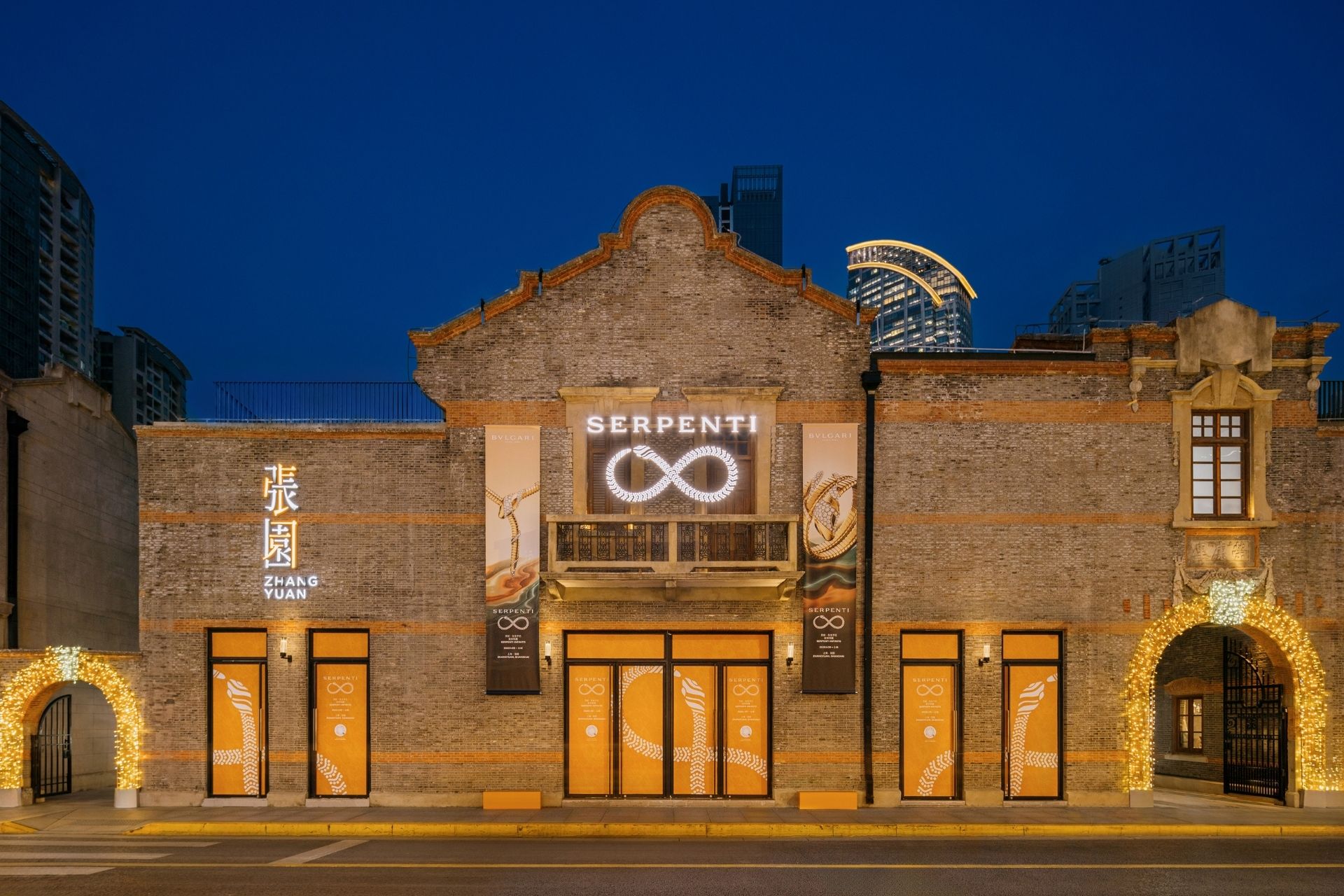Stephane Galienni, founder and director of digital media experts Balistik*Art, explains the leading digital marketing technologies and how they relate to luxury brands.

Stephane Galienni, founder and director of digital media experts Balistik*Art, explains the leading digital marketing technologies and how they relate to luxury brands.
Stephane Galienni, founder and director of digital media experts BalistikArt, explains the leading digital marketing technologies and how they relate to luxury brands.
2010 was a turning point for luxury brands in their conquest of the digital world. With the new opportunities provided by social media – where the conversation takes place – and by the blogosphere – where opinions are voiced about brands – a major shift has occurred. From a society of communication, we have moved to a society of recommendation.
Today we are experiencing a mobile and social Internet, ruled by the notion of “every time, everywhere” in which the C-to-C conversation becomes permanent and real-time and is held in a written mode. A French proverb says: “Words are fleeting, writings remain” and Google is always there to remind us of this. Social media can become uncontrollable for prestigious houses, as was recently experienced by Guerlain.
To ignore what is happening in social media is like delegating the brand’s power of expression to the first passerby. Digital strategy in luxury is not about a marketing operation using a 2.0 “Swiss army knife” with its array of gadgets. It is a true anticipation of the future communication challenges for the luxury industry.
Twitter, how to reflect timelessness in real time
Early 2009, no luxury house was to be found on Twitter. Today, they almost all have their Twitter feed, with the difficulty of reflecting their rich heritage in 140 characters. Why is writing the story of an esteemed brand in real time so complicated? Literary inspirations and creative storytelling can enrich the live feed of a luxury house. Imagine the experience of discovering an unfolding story around the Hermès “Echappée belle” ad campaign, or regular telegraphs sent by a Vuitton traveller.
Facebook, luxury masstige
Facebook, with its 580 million members around the world, is a further godsend to luxury masstige and in particular for fragrance and small leather goods. The dream becomes accessible to all with one click, from fan page to e-commerce. The hundreds of thousands of fans who join the pages of luxury brands are voluntary and motivated, but unlike the customers who enter a store, there is often no one to say: “Hello, can I help you?”
Social Relationship Management, or SRM, is an initial response to social media strategies, because luxury is primarily a matter of customer service. Social Relationship Managers can provide a daily service similar to that of a butler or concierge, listening and providing personal advice for each of its customers or fans.
Front Row Bloggers
It is now common practice to have bloggers in the front row of fashion shows, as they are the first to tweet live and quick to post articles on a new collection. Bloggers are content creators, passionate and technically savvy, capable of getting the word out on Google faster than online magazines. The paradox of embargoed press releases and information leakage on the blogosphere is a new issue of communication timing in a digital environment. PR departments have to rethink their methods so that they can address different audiences simultaneously by developing a form of transversal storytelling.
What is next? If social media was the trend in 2010, in particular with the spectacular acceleration of Facebook, 2011 will be the year of the mobile web. The QR code technology, for example, opens new opportunities for luxury advertising as it provides content to mobile users from a billboard or a point of sale. With a pocket internet connection and geolocation-based services, the media is closer than ever to the end user and offers a fabulous new perspective on brand content.








